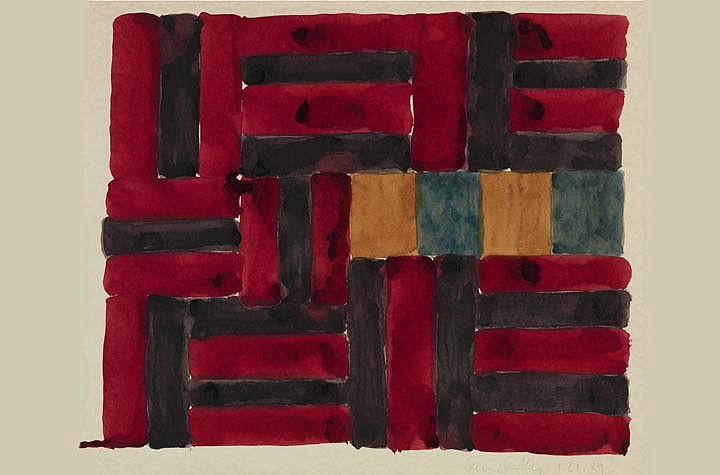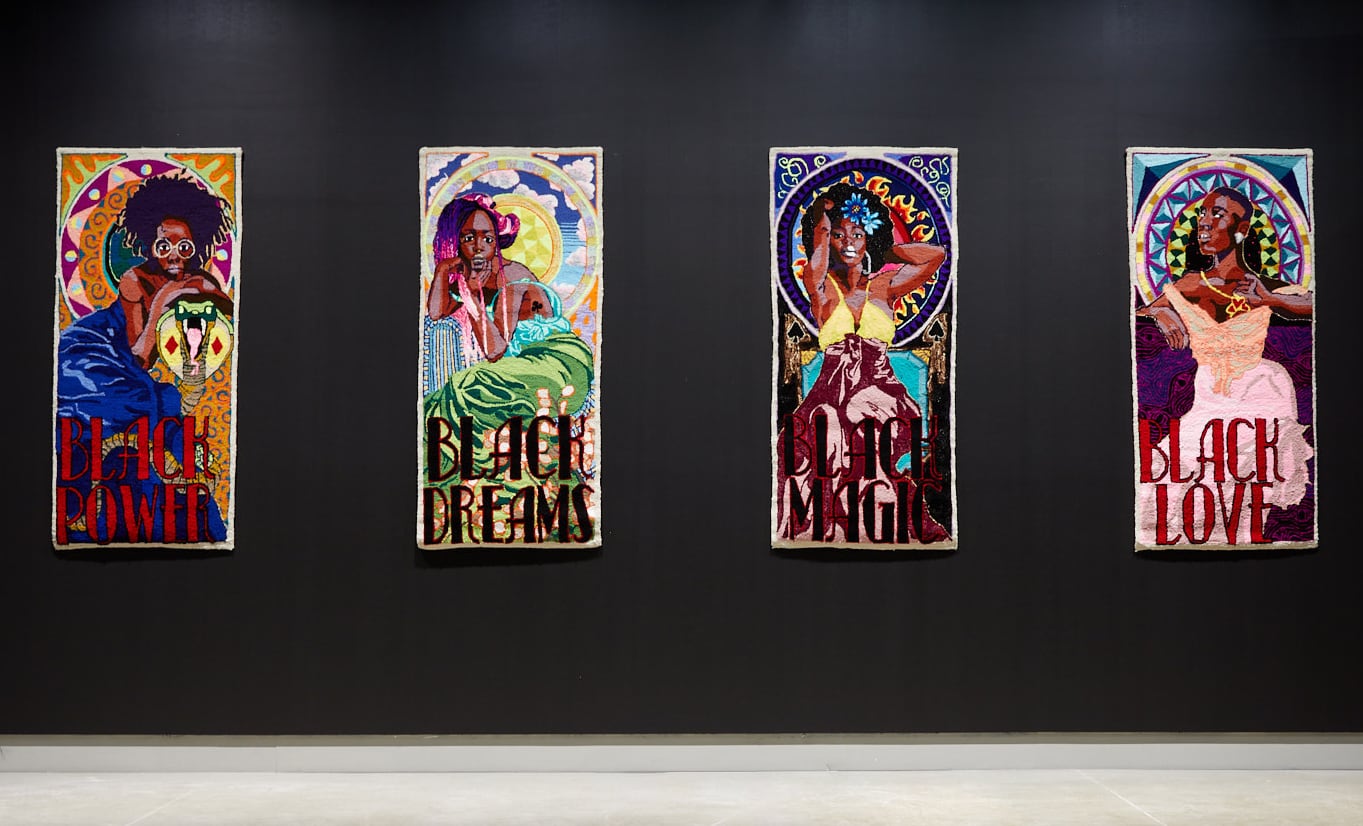Monthly Archives: June 2022
Hip Trochanteric Bursitis – A Runner’s Approach | Runnerclick
Like other large, mobile joints, the hip is more prone to overuse, injury, & other ailments, like hip bursitis. Find out more on the article!
Source: Hip Trochanteric Bursitis – A Runner’s Approach | Runnerclick
This is what I’ve got, with no MM involvement. It’s painful but getting better by itself, more or less. Need to be doing exercises for that hip, and a less inflammatory diet. ie. cut out sugar and carbs mostly. Which I should be doing anyways. I think it comes from the way I walk on that leg, because the knee isn’t quite right, and when I use the cane I actually put a lot of weight in that side.
Dedication’s what you need | John Self | The Critic Magazine
Down with the gratitude-bloat of authors’ endless lists of acknowledgements…
Source: Dedication’s what you need | John Self | The Critic Magazine
Sean Scully, Painter Poet by Donald Kuspit
Luxuriant Tufted Portraits by Artist Simone Saunders Exude Black Joy | Colossal
Samuel R. Delany’s Atlantis: Model 1924 and the Origins of Blackness



